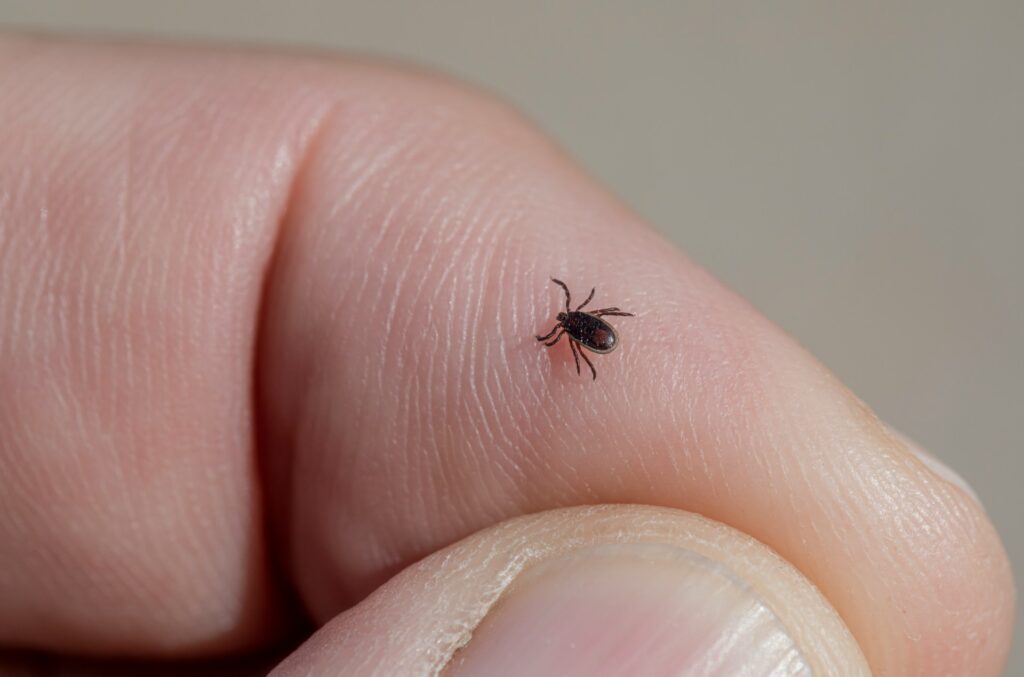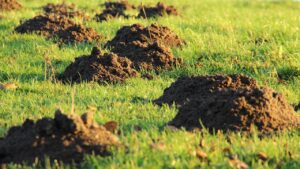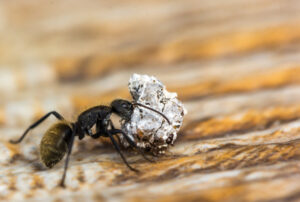Fleas and ticks are tiny parasites that bring significant challenges. They commonly live on animals, in outdoor spaces, and in spots visited by wild creatures. These insects can harm both pets and humans, creating irritation and spreading illnesses. Being aware of their sources aids in controlling them. Limiting their presence is essential to keeping your house secure and cozy, regardless of how they enter—whether they do so by hitching a ride on your pet or through other means.

Where Do Fleas Come From?
Common Sources of Fleas
Warm, humid conditions are ideal for fleas. Pets and wildlife frequently bring them into your home. Flea eggs can be left in your yard by animals such as feral cats, squirrels, and raccoons. When pets play or stroll in places where these animals have been, they might take up fleas. Fleas may proliferate rapidly once they’re inside your house, depositing their eggs in bedding, furniture, and carpets.
Flea Life Cycle
The four stages of a flea’s life cycle are egg, larva, pupa, and adult. Eggs can drop off animals into the environment, while larvae hide in dark, humid areas. Pupae develop into adults and are ready to latch onto a host. This cycle can make fleas hard to get rid of without proper pest control measures.
Where Do Ticks Come From?
Natural Habitats of Ticks
Ticks are frequently found in bush, long grass, and woodland regions. For mobility, they depend on creatures like birds, mice, and deer. These creatures are the targets of tick attachments, which propagate to new locations when the animals move. Ticks can attach themselves to you or your pet and go back to your house if you or your pet stroll through these areas.
Risks of Ticks
More than just an annoyance, ticks can cause illness. These pests are known to transmit diseases including Lyme disease, ehrlichiosis, and Rocky Mountain spotted fever. Instead of jumping or flying, ticks lurk in plants and cling to a host that passes by.
Preventing and Managing Fleas and Ticks
Keeping Your Home and Yard Safe
Keeping your yard clean is the first step in keeping fleas and ticks away. Regularly mow your grass, clear away any leaves, and line your yard from woody areas with gravel or wood chips. Use preventative measures advised by your veterinarian to keep your dogs healthy. Regular pet grooming and examinations for fleas and ticks can aid in the early detection of problems.
The Role of Tick Control
Managing ticks on your pets and in your yard is part of tick control. Professional pest management services could also be helpful if your infestation is severe.
Tracing the Sources of Fleas and Ticks and How to Address Them
Ticks and fleas are spread by pets, wildlife, and outdoor areas, but their effects may be controlled with the right treatment. Protecting your family and animals may be achieved by taking preventative measures, treating your pets, and maintaining a clean house and yard. Creating a secure and cozy atmosphere will be greatly aided by comprehending their behavior and taking precautions to avoid infestations.
With Allen Pest Management, get rid of fleas and ticks from your house! Our tried-and-true techniques guarantee your family and pets long-lasting protection. Experience the impact that professional pest control can make now. Call now and take control today!







